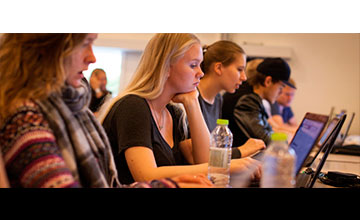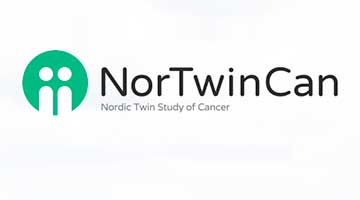Biostatistics
In addition to the main research areas, our biostatisticians are involved in many research activities at the Faculty of Health Sciences and Odense University Hospital. Please go to the homepages of the individual staff members for more details.
Biostatistical methods and techniques
Statistical modeling in twin studies and other studies
-
Analysis of twin data
-
Generalized linear mixed models
-
AI neural network models
Analysis of time dependent data
-
Longitudinal data analysis
-
Recurrent events data
-
Time to event models
-
Survival analysis of twin data
Analysis of high-dimensional data
-
Non- og semi-parametric methods
-
Regularized models
-
Dimension reduction
-
Supervised learning
-
Bootstrap methods
Functional data analysis
-
Functional linear models
-
Reproducing Kernel Hilbert spaces
-
Stochastic processes
Direct impact and causation
Causal analysis
Collaboration and knowledge sharing
The biostatistical team of researchers at EBB collaborate with several national and international partners.
-
NorTwinCan : Nordic Twin Study of Cancer
-
DTR : Danish Twin Research Center
-
AgeCare : Academy of Geriatric Cancer Research
-
Twin Study at University of Helsinki
-
L'Instituto Superiore di Sanitá
National Institute of Health, Italy -
Danish Society of Theoretical Statistics : DSTS
-
Center for Individualized Medicine in Arterial Diseases : CIMA
-
Børne- og Ungdomspsykiatri Odense
-
NeIC Tryggve : Collaboration for Sensitive Data
-
eMindYourHeart : Internet-based treatment of depression and anxiety in patients with ischemic heart disease
-
Section of Biostatistics, University of Copenhagen
Teaching and supervision
-
Biostatistics I & II
-
Advanced Biostatistics (Bootcamp)
-
Analysis of Twin Data in Health Sciences
-
Artificial Intelligence Learners in Health Science
-
Survival Analysis
-
Biostatistical Consultancy Service
Editorial board
-
Scandinavian Journal of Statistics : Theory and Applications
Professor Jacob Hjemborg; Danish editor and member of the board


